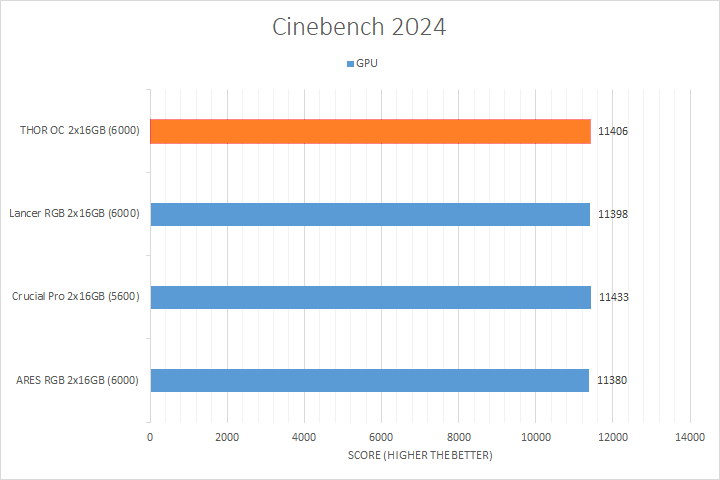Page 9 - Benchmark: SuperPI 1M, Cinebench 2024
About SuperPI
Super PI is a computer program that calculates pi to a specified number of digits after the decimal point—up to a maximum of 32 million. It uses Gauss–Legendre algorithm and is a Windows port of the program used by Yasumasa Kanada in 1995 to compute pi to 2^32 digits.
Super Pi is used by many overclockers to test the performance and stability of their computers. In the overclocking community, the standard program provides a benchmark for enthusiasts to compare "world record" pi calculation times and demonstrate their overclocking abilities. The program can also be used to test the stability of a certain overclock speed. If a computer is able to calculate PI to the 32 millionth place after the decimal without mistake, it is considered to be moderately stable in terms of RAM and CPU. However, longer tests with other CPU/RAM intensive calculation programs will run for hours instead of minutes and may better stress system stability. While Super Pi is not the fastest program for calculating Pi, it remains very popular in the hardware and overclocking communities.
From: Wikipedia (January 22, 2011)

We have always included SuperPI in our benchmark results, because it is a quick and dirty run that always proves to be interesting. It is neither the fastest way to calculate Pi nor is it the most challenging. But being an enthusiast at heart, this program has always provided interesting results for showing off your overclocking prowess on your favorite online outlet. This time around, the Lexar THOR OC DDR5-6000 matched our Lexar ARES RGB DDR5-6000 kit, but this was the slowest result among all of the other kits.
About Cinebench 2024
Cinebench 2024 utilizes the power of Redshift, Cinema 4D's default rendering engine, to evaluate your computer's CPU and GPU capabilities. Cinebench 2024 is designed to accommodate a broad range of hardware configurations - while it seamlessly supports x86/64 architecture (Intel/AMD) on Windows and macOS, it also extends its reach to Apple Silicon on macOS and Arm64 CPUs on Windows, ensuring compatibility with the latest advancements in hardware technology. Additionally, Cinebench 2024 streamlines the benchmarking process by utilizing a consistent scene file for both CPU and GPU testing. Best of all: It's free!
From: Developer's Page



Cinebench 2024 is Maxon's latest benchmark to measure CPU and GPU rendering performance. We have seen Cinebench provide GPU results in the past, and it returns for the 2024 version. For the CPU, there are two tests; one using only one core on my Intel Core i5-12600K, while the other utilizes all available cores. Obviously, having a fast processor or capable graphics card will play a primary role in determining these scores, but the RAM does still contribute to these results. As you can see in our charts above, the Lexar THOR OC DDR5-6000 was near the top in all of the tests. In single core and multi-core performance, this kit was the best, outperforming every other kit. It was also second place for the GPU test. Altogether, all of the results were still pretty close to each other.
Page Index
1. Introduction, Packaging, Specifications
2. A Closer Look, Test System
3. Benchmark: AIDA64 CPU
4. Benchmark: AIDA64 FPU
5. Benchmark: AIDA64 Memory
6. Benchmark: PCMark 10
7. Benchmark: 3DMark
8. Benchmark: PassMark PerformanceTest 10
9. Benchmark: SuperPI 1M, Cinebench 2024
10. Overclocking and Conclusion





